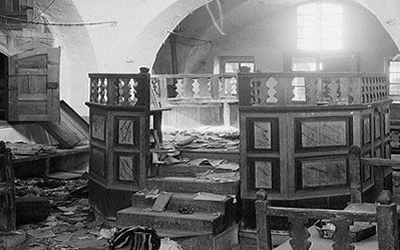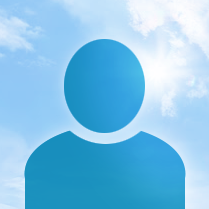The Hebron massacre refers to the killing of sixty-seven or sixty-nine Jews on 24 August 1929 in Hebron, then part of Mandatory Palestine, by Arabs incited to violence by rumors that Jews were planning to seize control of the Temple Mount in Jerusalem. The event also left scores seriously wounded or maimed. Jewish homes were pillaged and synagogues were ransacked. Soon after, all Hebron's Jews were evacuated by the British authorities. Many returned in 1931, but almost all were evacuated at the outbreak of the 1936–39 Arab revolt in Palestine. The massacre formed part of the 1929 Palestine riots, in which a total of 133 Jews and 110 Arabs were killed, and brought the centuries-old Jewish presence in Hebron to an end.
At about 8.30 am Saturday morning, the first attacks began to be launched against houses where Jews resided, after a crowd of Arabs armed with staves, axes and knives appeared in the streets. The first location to be attacked was a large Jewish house on the main road.Two young boys were immediately killed, and the mob entered the house and beat or stabbed the other occupants to death.
Cafferata appeared on the scene, gave orders to his constables to fire on the crowd and personally shot dead two of the attacking Arabs. While some dispersed, the rest managed to break through the pickets, shouting "on to the ghetto!" The requested reinforcements had not arrived in time. That later became the source of considerable acrimony.
According to a survivor, Aharon Reuven Bernzweig, "right after eight o'clock in the morning we heard screams. Arabs had begun breaking into Jewish homes. The screams pierced the heart of the heavens. We didn't know what to do…. They were going from door to door, slaughtering everyone who was inside. The screams and the moans were terrible. People were crying Help! Help! But what could we do?"
Soon after news of the first victim had spread, forty people assembled in the house of Eliezer Dan Slonim. Slonim, the son of the Rabbi of Hebron, was a member on the city council and a director of the Anglo-Palestine Bank. He had excellent relations with the British and the Arabs and those seeking refuge with him were confident they would come to no harm. When the mob approached his door, they offered to spare the Sephardi community if he would hand over all the Ashkenazi yeshiva students. He refused, saying "we are all one people," and he was shot dead along with his wife and 4-year-old son. From the contemporary Hebrew press it appears that the rioters targeted the Zionist community for their massacre. Four-fifths of the victims were Ashkenazi Jews, but some had deep roots in the town, yet a dozen Jews of eastern origin, Sephardim and Maghrebi, were also killed. Gershon Ben-Zion, for example, the Beit Hadassah Clinic pharmacist, a cripple who had served both Jews and Arabs for 4 decades, was killed together with his family: his daughter was murdered, and his wife's hands were cut off.
Rabbi Jacob Joseph Slonim, the Ashkenazi chief rabbi of Hebron, stated that after his Arab acquaintances had informed him that local hooligans intended to attack the talmudical academy, he had gone to ask for protection from District Officer Abdullah Kardus, but was denied an audience with him. Later on after being attacked in the street, he had approached the chief of police, but Cafferata refused to take any measures, telling him that "the Jews deserve it, you are the cause of all troubles." The next morning, Slonim again urged the District Officer to take preventative measures, but he was told there was "no ground for fear. A great number of police is available. Go and reassure the Jewish population." Two hours later, a mob incited by speeches started breaking into Jewish homes with cries of "Kill the Jews." The massacre lasted an hour and a half, and only after it had died down, did the police take action, firing shots into the air, whereupon the crowds immediately dispersed. Slonim himself was saved by a friendly Arab.
The attack was accompanied by wanton destruction and looting. A Jewish hospital, which had provided treatment for Arabs, was attacked and ransacked. Numerous Jewish synagogues were vandalized and desecrated. According to one account, Torah scrolls in casings of silver and gold were looted from the synagogues and manuscripts of great antiquity were pilfered from the library of Rabbi Judah Bibas. The library, founded in 1852, was partly burned and destroyed. In one instance, a rabbi who had saved a Torah scroll from a blazing synagogue later died from his burns.
Sources
- https://en.wikipedia.org/wiki/1929_Hebron_massacre







No Comments found